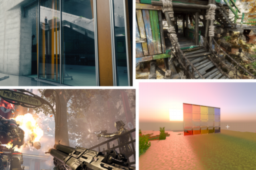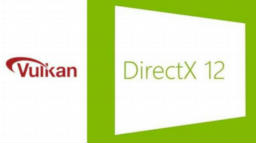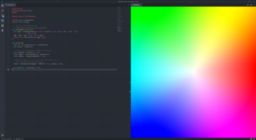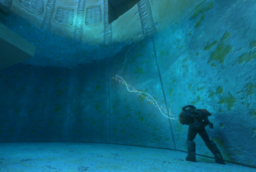- the article provides an extensive list of best practices for DXR usage
- covers acceleration structures, GPU utilization, memory allocations, handling of non-opaque geometries, binding, performance and pipeline state best practices

- the blog post explains what the bindless model is
- shows how to use for Textures and how to replace Vertex Layouts
- examples are for D3D12, but links to information for Vulkan is provided

- the article provides a basic overview of how the OpenGL ES based engine was ported to Vulkan
- lists performance issues encountered such as Sparse Indexing, vkQueuePresent blocking and barrier usage for improved throughput
- provides a comparison of CPU, GPU usage with OpenGL and Vulkan

- the blog post explains how the author implemented a precural painting logic using compute shaders
- explains how the algithmn was structrued, discussiong ecoutnered problems and solutions implemented

- the article presents an overview of the DXT and ETC compression formats
- shows how information is compressed and how to decode these formats from a compute shader

- short post presenting how to setup VSCode to allow GLSL shader iteration

- the article explains primary surface replacement (PSR) and checkerboarded split frame rendering (CSFR)
- these techniques are presented as a possible solution for high-quality reflections and refractions in a mixed hybrid renderer design that relies on GBuffers for primary rays

- A video tutorial that explains how to implement a shader to render a torus knot using ShaderToy
- starts by explaining the foundational math followed by the shader implementation

- the article discusses the different render target requirements for D3D12 and Vulkan and presents 4 alternative solutions to design an abstraction

Thanks to Manish Mathai for support of this series.
Would you like to see your name here too? Become a Patreon of this series.